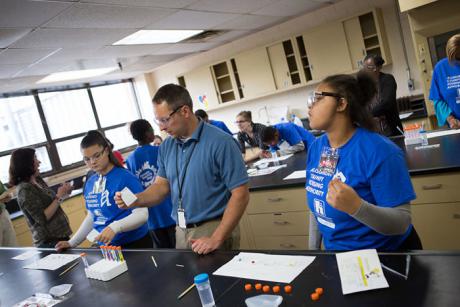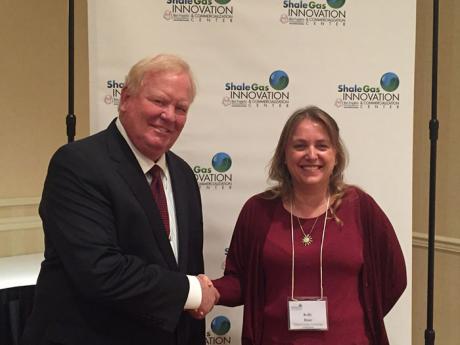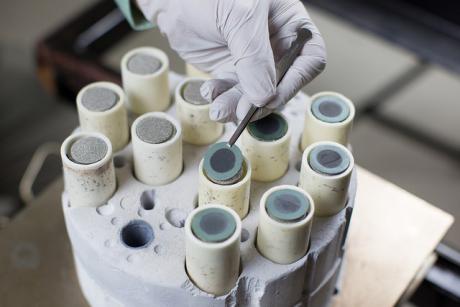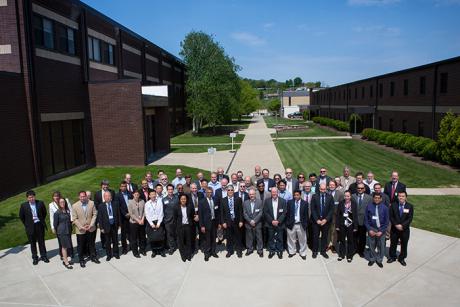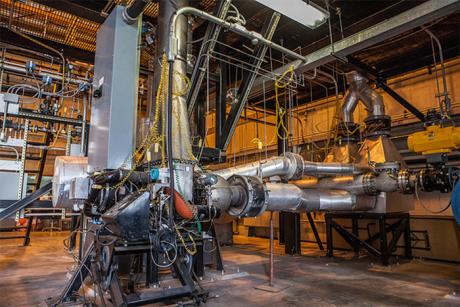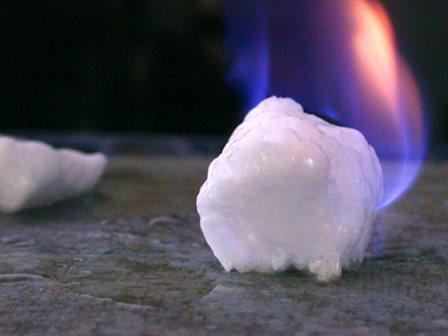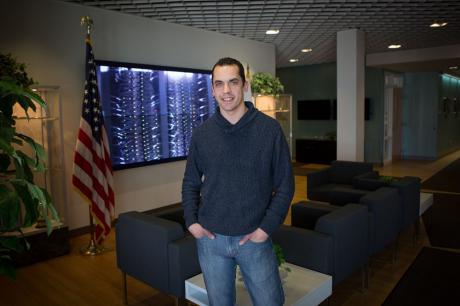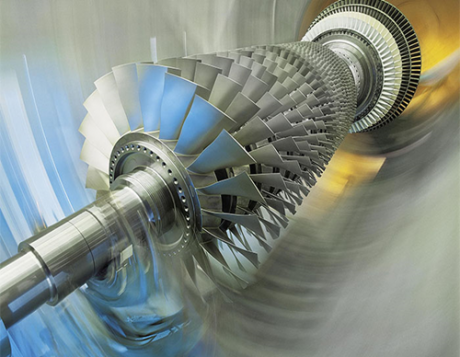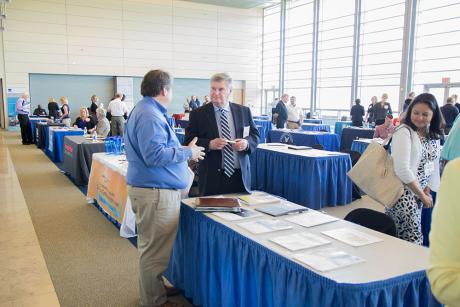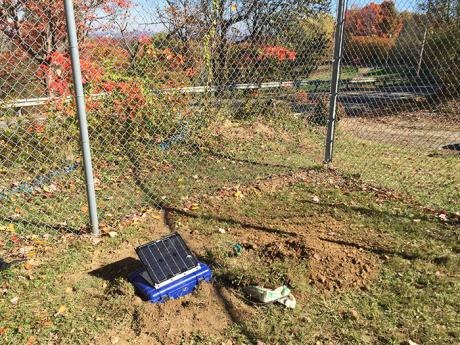The National Energy Technology Laboratory (NETL) in collaboration with Allegheny County’s Executive Office and the Allegheny County Housing Authority, hosted a Remake Learning Lab Day on May 24, 2017, at NETL’s South Park, Pa., site outside of Pittsburgh.
Remake Learning Days offer innovative learning experiences for children. NETL’s program seeks to pique student interest in science, technology, engineering, and mathematics (STEM). This year’s Lab Day featured laboratory tours, presentations, and hands-on science activities led by a diverse group of laboratory professionals.
A technology developed by the National Energy Technology Laboratory (NETL) providing a cost-effective early warning of oil or gas well destabilization that could result in blowout gusher has been recognized as an “Innovative R&D” winner at the Sixth Annual Shale Gas Innovation Contest.
With research laboratories located in the heart of regions rich in fossil energy resources, NETL is on a mission to discover, integrate, and mature technology solutions to enhance the nation’s energy foundation and protect the environment for future generations. The Lab is leading efforts to resolve the environmental, supply, and reliability constraints of using America’s abundant fossil fuel resources—coal, natural gas, and oil.
Experts from 16 of the nation’s top energy research universities convened at the National Energy Research Laboratory (NETL) May 16–17, 2017, as part of NETL’s University Coalition for Energy Research (UCFER). Workshop participants shared information about ongoing energy research projects, toured NETL laboratory facilities, learned about current NETL research projects, and discussed opportunities for research collaboration.
Increasing demands for power coupled with environmental concerns are driving the development of more efficient energy conversion technologies that can produce more energy from cheap and abundant fossil fuels while reducing carbon dioxide (CO2) emissions. Building upon a history of success and a tradition of innovation, NETL’s energy conversion engineering research has produced several transformational technologies that can burn fossil fuels at very high efficiencies to generate electricity, and capture CO2 emissions.
Everyone hears about the vastness of our more traditional fossil fuel resources. But one potential source of fossil energy could exceed the energy content of all other known fossil fuels combined—and that’s natural gas hydrate.
Natural gas hydrates – natural gas trapped in ice-like cages of water molecules – can be found trapped under arctic permafrost, as well as beneath the ocean floor. They can also form during drilling and production operations. When gas hydrate is warmed or depressurized, it reverts back to natural gas and water.
NETL researcher Dr. Paul Ohodnicki has been named a finalist for a prestigious Samuel J. Heyman Service to America Medal in the Promising Innovations category. The Service to America Medals, known as the Sammies, are the premier awards dedicated to recognizing America’s best in government service. The finalists will be honored May 9 on Capitol Hill in Washington, D.C. as part of Public Service Recognition Week.
An energy-hungry world requires innovative approaches to meet the increasing needs of homes, hospitals, schools and businesses, military installations and industries—the kinds of innovative approaches that NETL pursues daily under the research banner of one of its major core competencies known as energy conversion engineering.
Whether putting a new roof on a building or keeping computers running, you will find small business professionals doing the work at the National Energy Technology Laboratory. This Department of Energy facility is one of many in the nation that utilizes the goods and services of small businesses to support its mission. National Small Business Week, April 30-May 6, offers an opportunity to highlight their contributions.
When researchers from the Department of Energy’s (DOE) National Energy Technology Laboratory (NETL) set up new monitoring capabilities at active Marcellus Shale hydraulic fracturing sites in Pennsylvania and West Virginia to better understand seismic activity, they discovered that low frequency tremors occur, which they believe could be useful to optimize oil and natural gas production from unconventional shale.





